Gestaltung
The artists selected for PLANT FEVER understand vegetation not only as a resource for food, material, or recreation, but also as a source of inspiration in the design process and deal with the structures and behaviors in the plant world in order to develop novel solutions for present and future environmental and social issues on an equal footing with nature. The dialogue of current (system)critical approaches with historical exhibits of the collections of the Museum of Decorative Arts and the Palace Museum represents an important reference to the museum, its history and the location Pillnitz. PLANT FEVER proposes to look at the future of design from a new "plant-centered" perspective, shifting from a human-centered to a phyto-centered design.
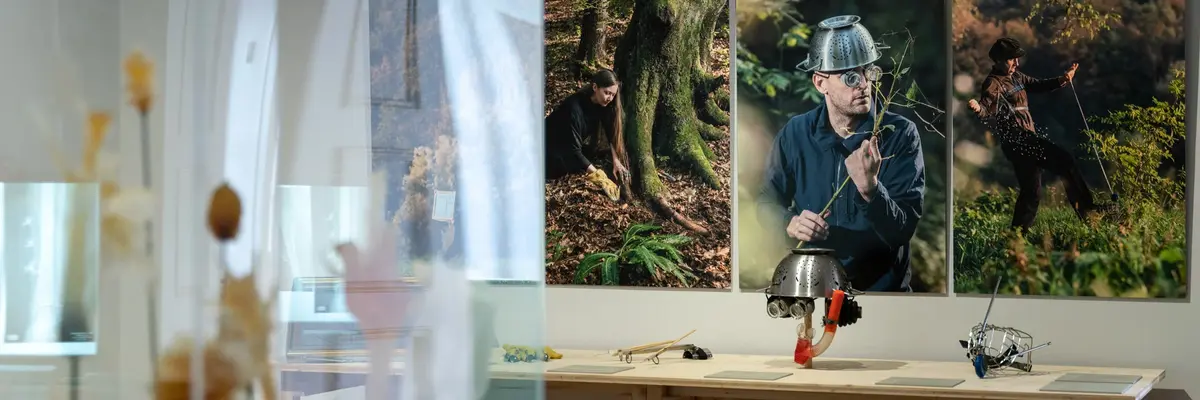
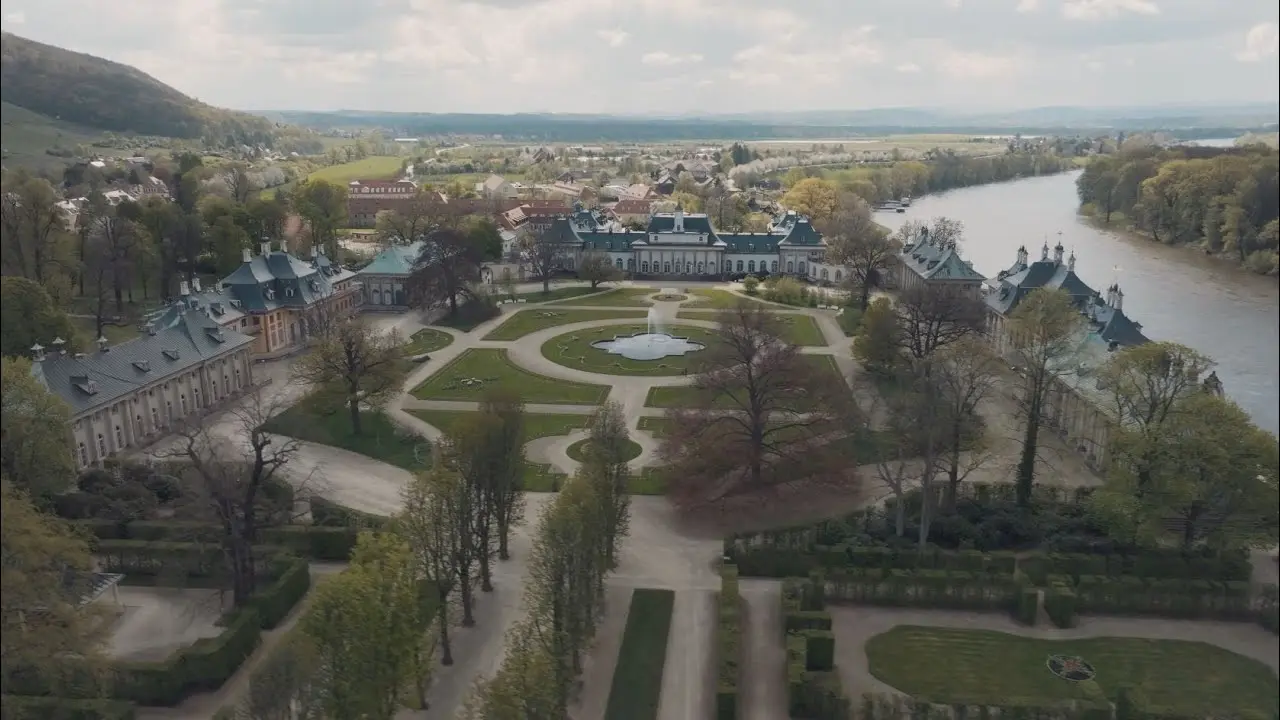
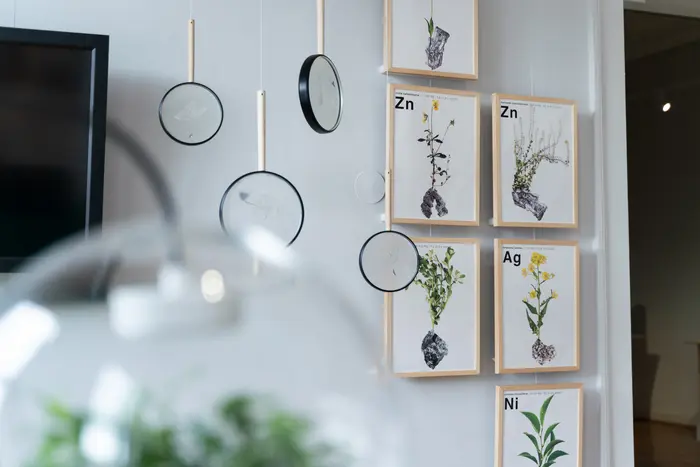
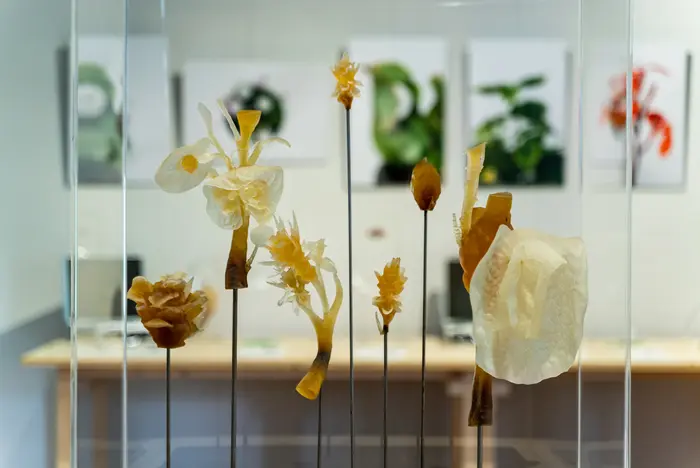
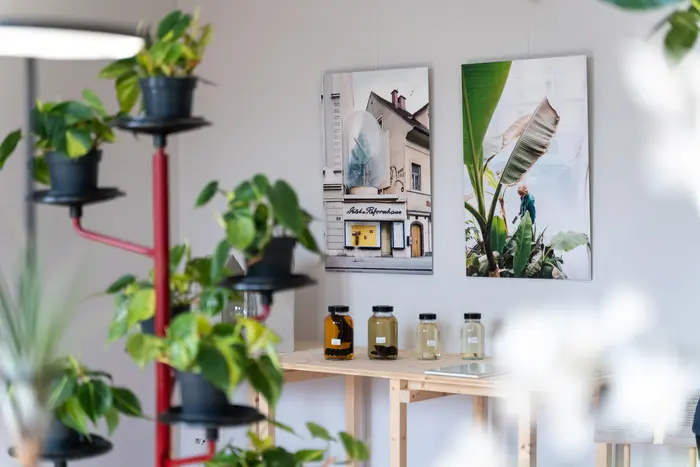
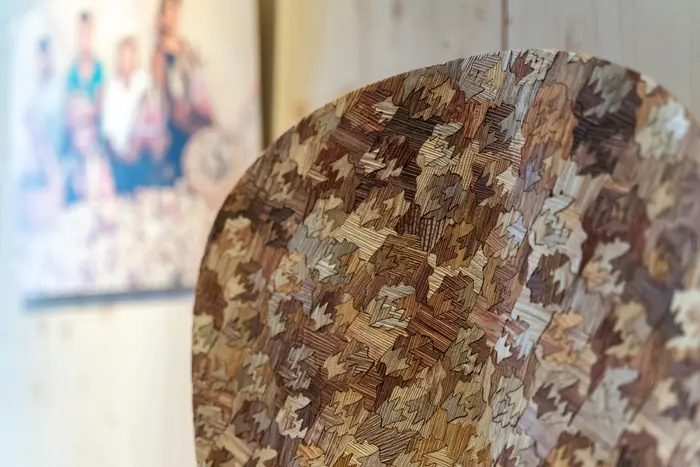
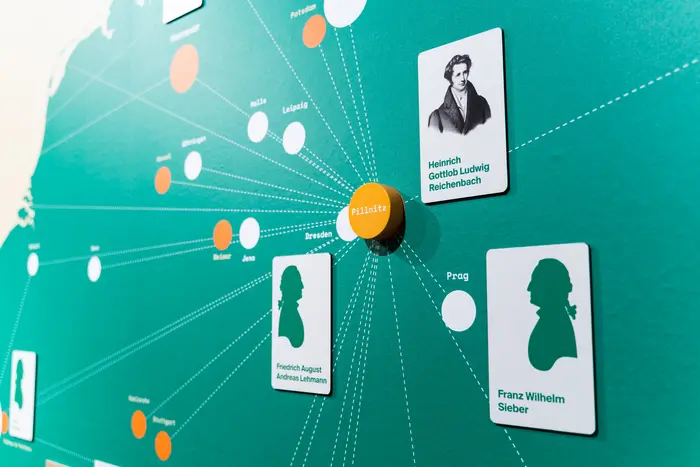
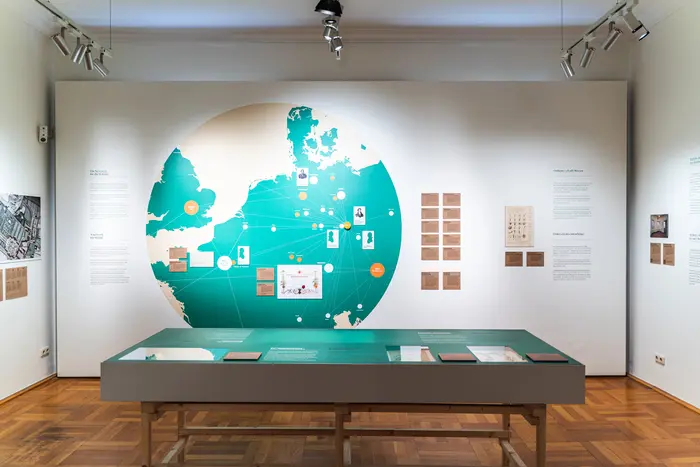
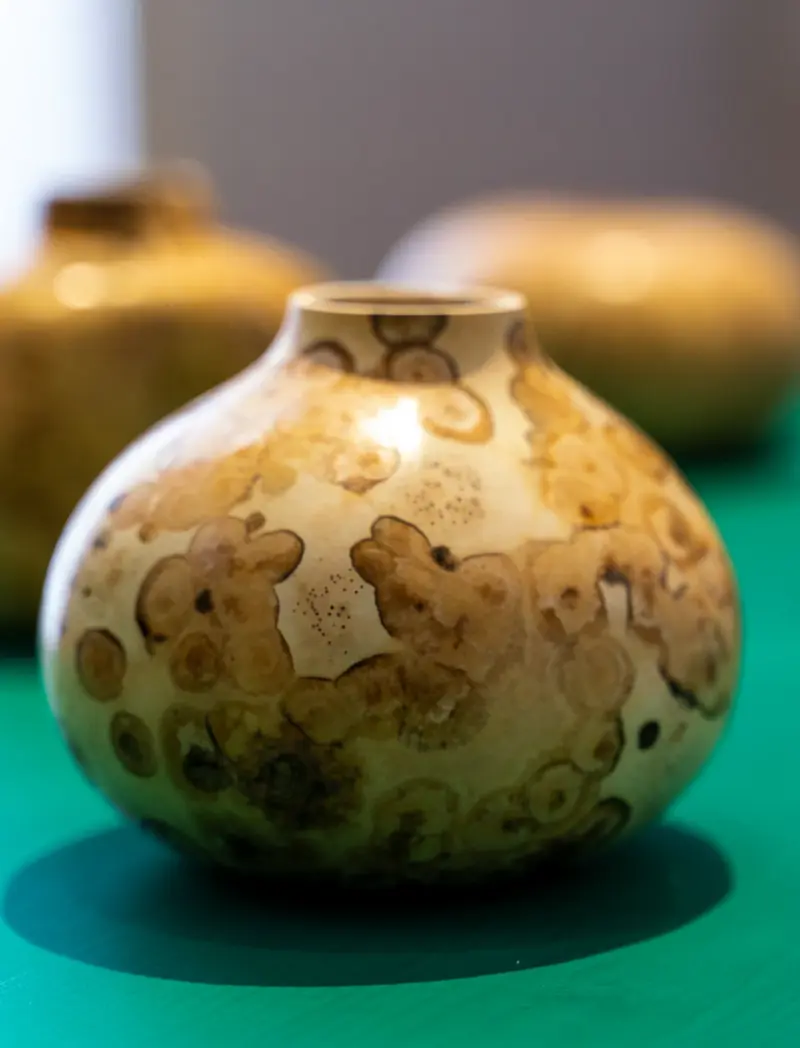

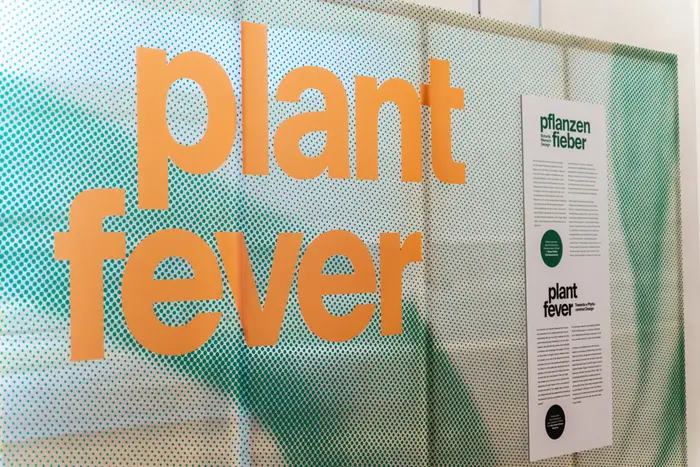
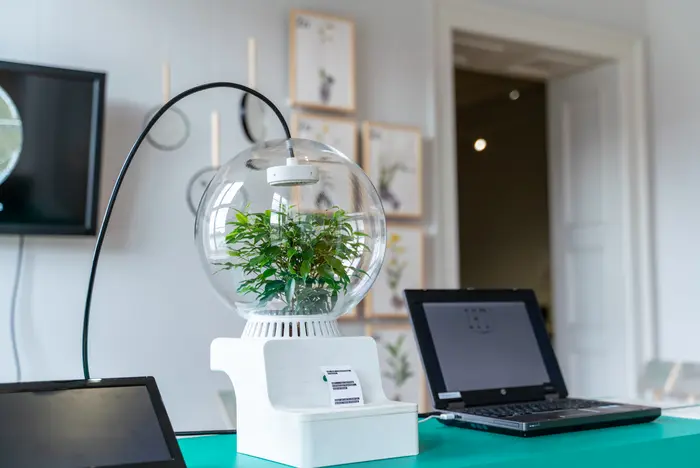
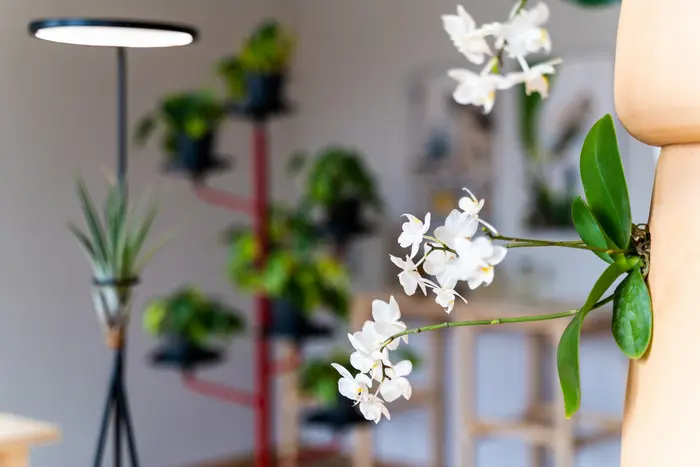
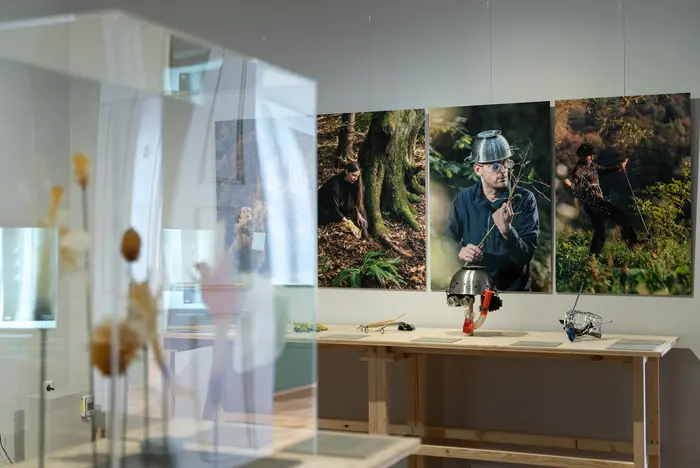
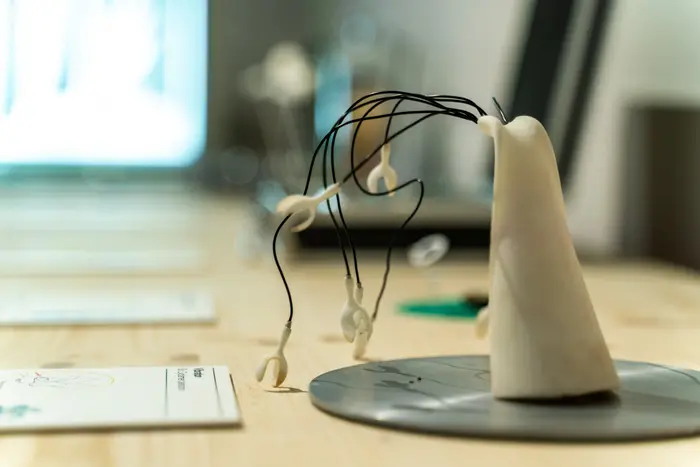

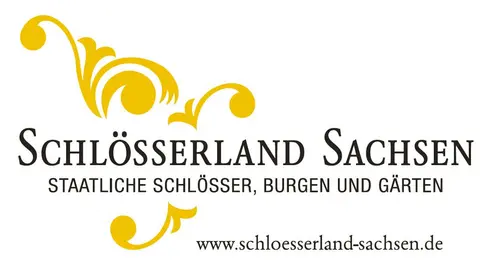
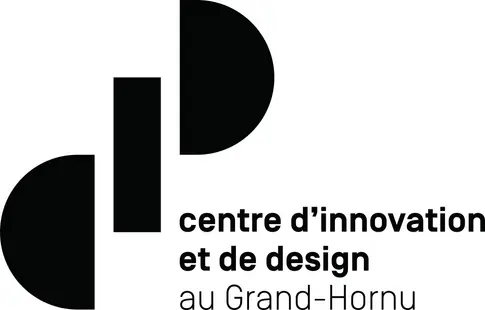
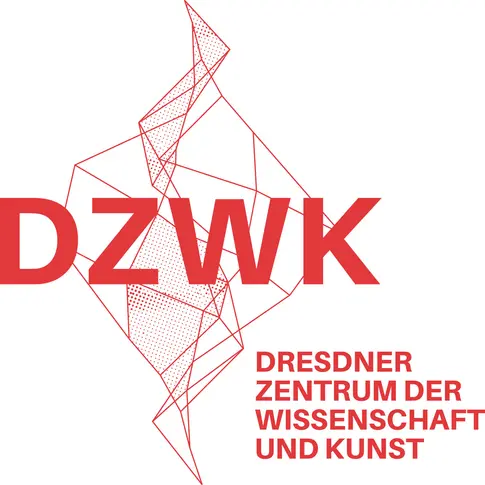


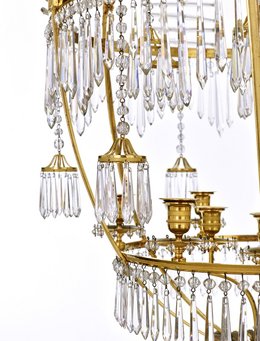
![[Translate to English:] Kunstgewerbemuseum gelber Kasten mit vier Füßen](/fileadmin/_processed_/2/5/csm_kg-dauerausstellung-ausstellungsteaser-portal_9f9692154c.jpg)
![[Translate to English:] [Translate to English:]](/fileadmin/_processed_/6/e/csm_202112_skd_inv_37680-1_01_Kopie_b1e9c5aff7.jpg)
![[Translate to English:] [Translate to English:]](/fileadmin/_processed_/4/a/csm_KiBi_Banner_596971d764.jpg)
